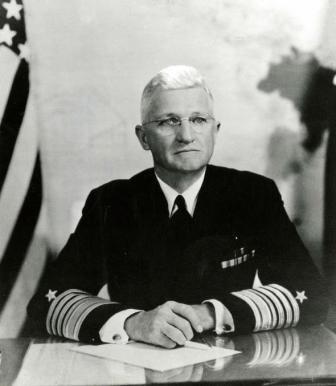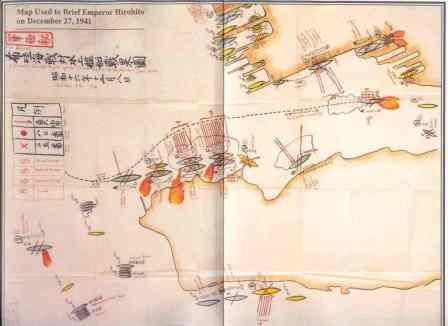LFH Overview
Speaking - Lessons in IT Governance
Governance Lessons from Pearl Harbor
Lessons in IT Governance from the Attack on Pearl Harbor
There are several planned and available presentations that provide a different slant on the topic and are intended for different audiences.
Governance in IT Programs and ProjectsOn December 7, 1941 the world changed for the United States following the surprise attack on the home port of the US Pacific Fleet by elements of the Japanese Imperial Navy. The shock of this event led to major overhaul of governance that influenced policy and practice for 60 years. In the current world of projects today there are similar events, waiting to change reality for Project Directors, Managers, and Leaders. There were two large bureaucratic organizations (The U.S. Army and Navy) managing the most complex technology of their day. These two groups were given conflicting and overlapping mandates in Hawaii, with a shared goal and badly broken lines of communication. The objective of this presentation on this event is to parallel the lessons from the days leading up to the attack to situations in modern organizations and governance. We let the history act as both a mirror and a lens, helping us see our organization in the reflection of the events from 1940-41, and focus on the key lessons of governance that those events contain. Audience: Project Managers, Program Managers, Business Managers |
Lessons in IT Governance |
 |
Learning ObjectivesIn retrospect, it has often been possible to predict significant events and take remedial actions, but as at Pearl Harbor, all the urgency is lost before actions are taken. You will learn:
Full of intriguing details, the presentation helps you to work out strategies for addressing IT Governance. |
|
The BenefitsIn today's world, project teams face greater pressure than ever to implement governance into projects and the operation. Based on the backdrop of the tragic events of December 7, 1941, this presentation will highlight what governance is and why it needs to exist in a program or project. The benefits of the presentation include the ability to see the cumulative result of overdependence on technology, siloed organizations, communications failure, and a tidal wave of unresponsive decision structures. |
|
|
Note: This presentation conforms to the internationally recognized standards of the Project Management Institute (PMI®). You will receive 1-2 PDUs (professional development units) upon completion. |
|




